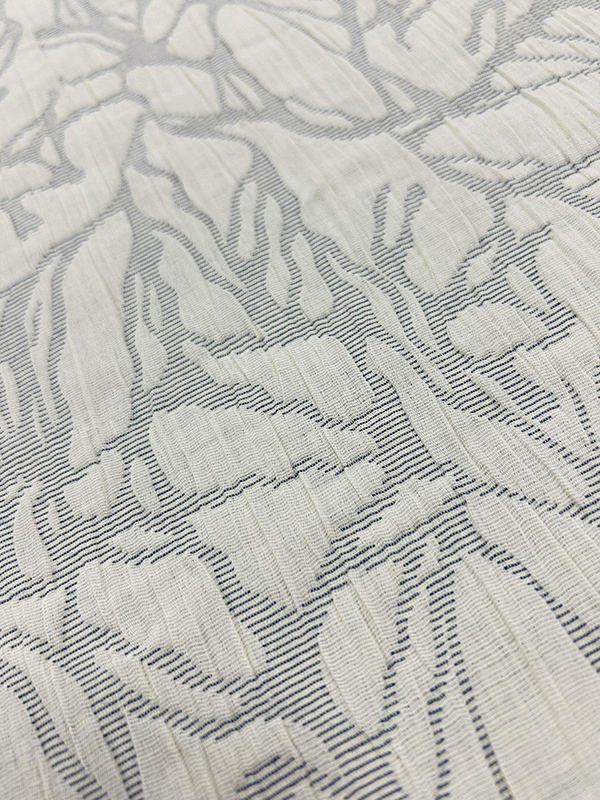Curtains are more than just functional window treatments; they play a pivotal role in defining the ambiance of a room. The choice of curtain fabric significantly impacts not only the aesthetic appeal but also the practicality and functionality of window coverings.
Curtain fabrics come in an array of materials, textures, and weights, each offering unique properties that influence their use in interior design. Common fabrics include cotton, linen, polyester, velvet, and silk, each contributing differently to a room's overall look and feel.
Known for its versatility and affordability, cotton fabric is widely used for curtains. It is easy to care for and comes in various patterns and colors, making it suitable for casual and formal settings alike. Cotton curtains are often lightweight and allow natural light to filter through while providing some level of privacy.
This natural fiber fabric offers a sophisticated look and feel. Linen curtains are breathable and drape beautifully, creating an elegant, relaxed aesthetic. However, they can be prone to wrinkling and may require more maintenance compared to cotton.
As a synthetic option, polyester is durable, resistant to wrinkles, and easy to clean. It often mimics the look of natural fibers while offering enhanced longevity. Polyester curtains are available in various styles, making them a popular choice for families and high-traffic areas.
For those seeking luxury, velvet curtains provide a rich, opulent appearance. This heavier fabric not only adds texture and warmth to a room but also offers excellent light-blocking properties, making it ideal for bedrooms and media rooms.

Silk curtains exude elegance and sophistication. They have a natural sheen that can elevate any space, but they require careful handling and cleaning due to their delicate nature. Silk is perfect for formal settings, providing a touch of glamour.
When selecting curtain fabric, consider the following factors to ensure your choice aligns with your design goals and practical needs:
Determine the primary function of the curtains. Do you need them for privacy, light control, or aesthetic appeal? For instance, blackout curtains made of heavier fabrics like velvet or lined polyester are ideal for bedrooms, while sheer cotton or linen curtains work well in living areas for a lighter, airy feel.
The fabric should complement the overall style of your room. Consider patterns, colors, and textures that align with your existing decor. Bold prints can make a statement, while solid colors often provide a more understated elegance.
Assess how much care and maintenance the fabric will require. If you have pets or young children, opting for machine-washable and durable fabrics like polyester may be the best choice.
Keep in mind how much natural light the room receives and how the fabric will affect the room’s brightness. Light-colored fabrics can brighten a space, while darker shades can create a cozy atmosphere.
The right curtain fabric can transform a room, enhancing both its style and functionality. With various materials available, understanding the characteristics and benefits of each option is crucial for making an informed choice. Whether you opt for the softness of cotton, the luxury of silk, or the durability of polyester, selecting the perfect fabric ensures your curtains not only look beautiful but also serve their intended purpose effectively. As you embark on your curtain journey, consider your design vision, practical needs, and personal preferences to create a harmonious space that reflects your style while providing comfort and functionality.

 English
English 中文简体
中文简体 Español
Español عربى
عربى














